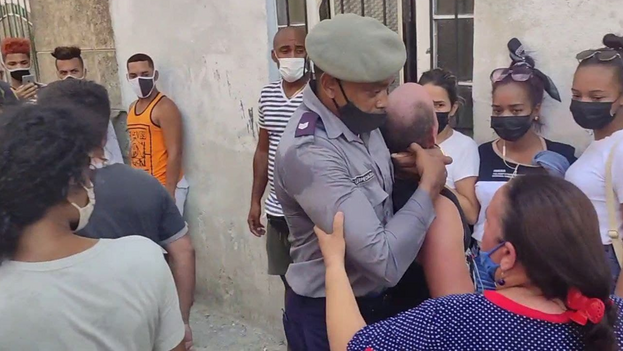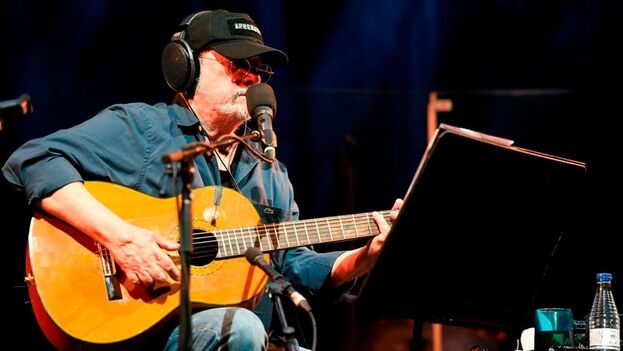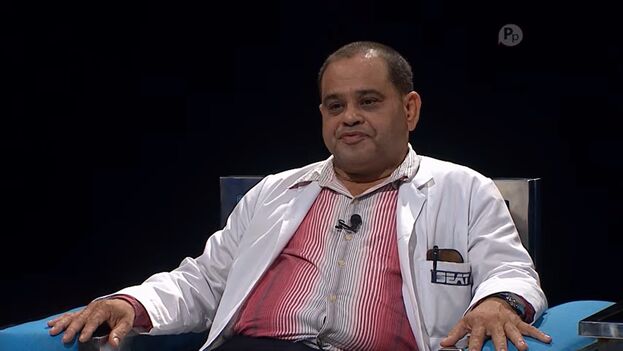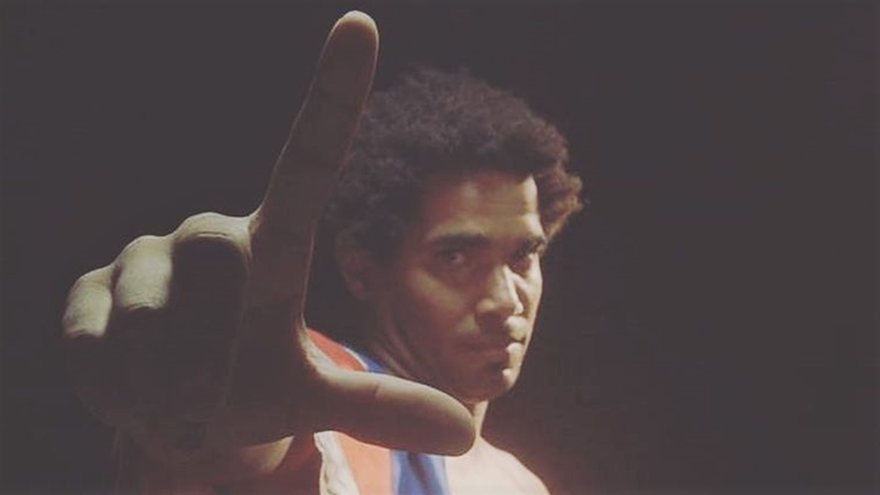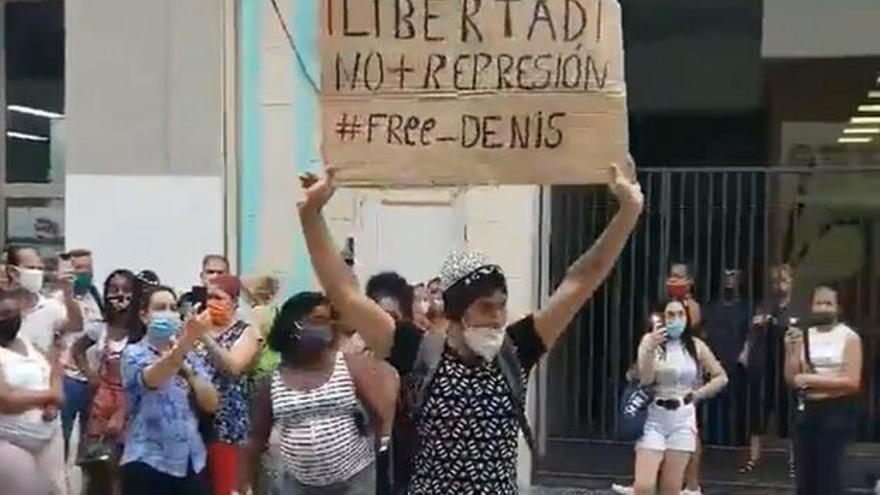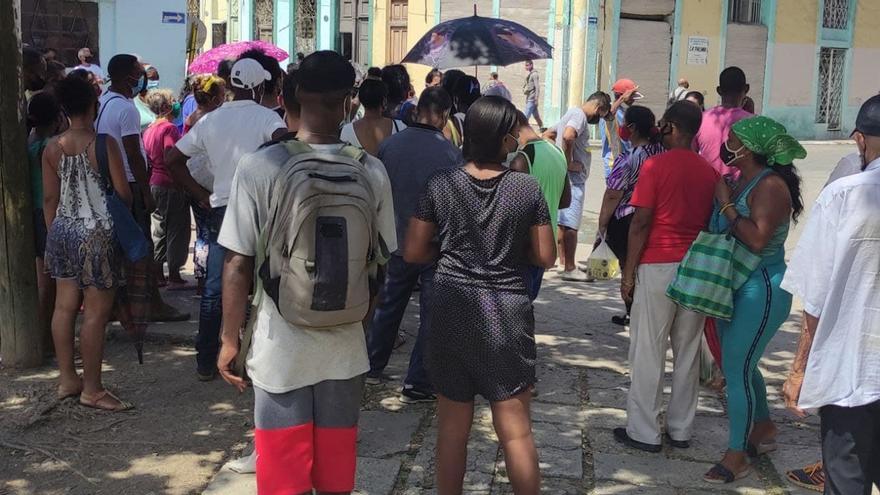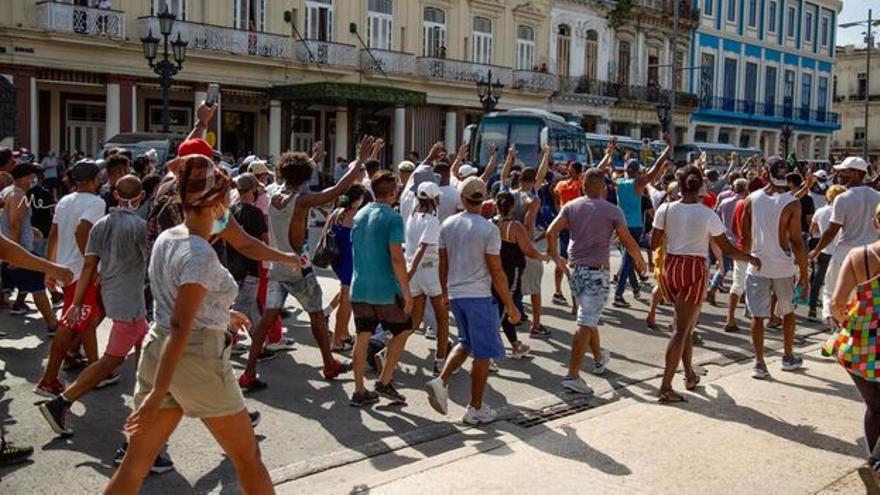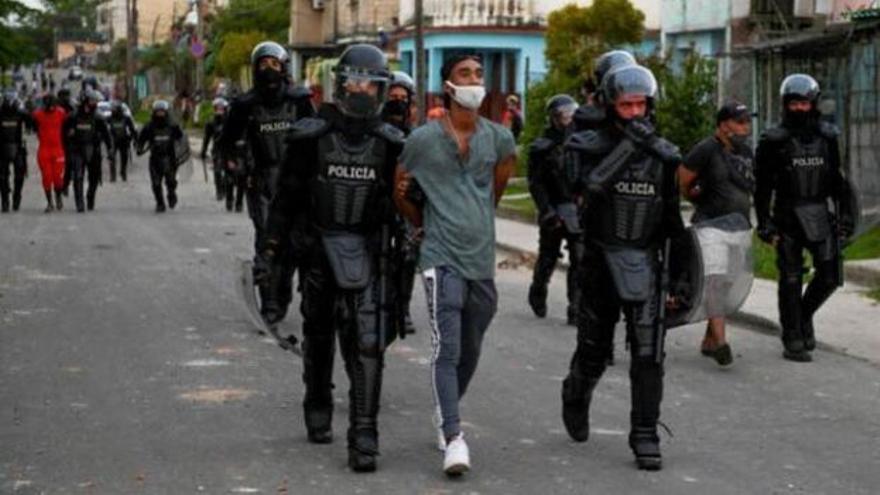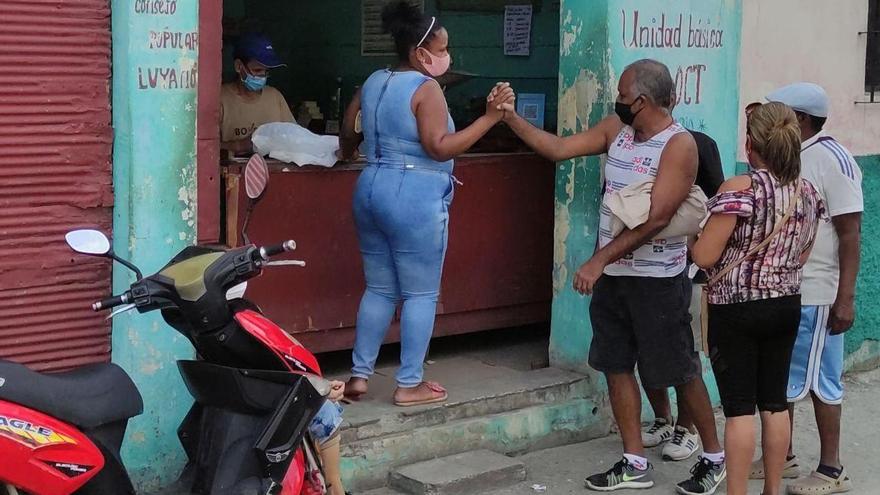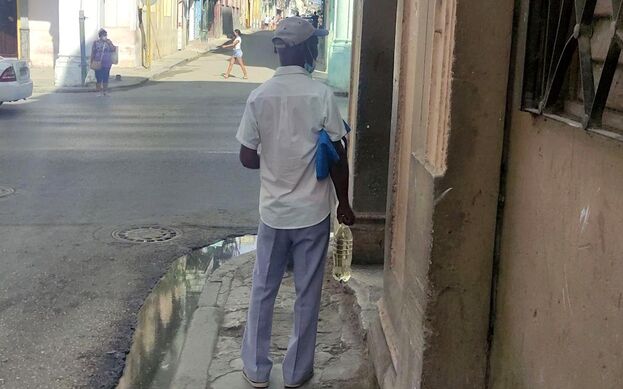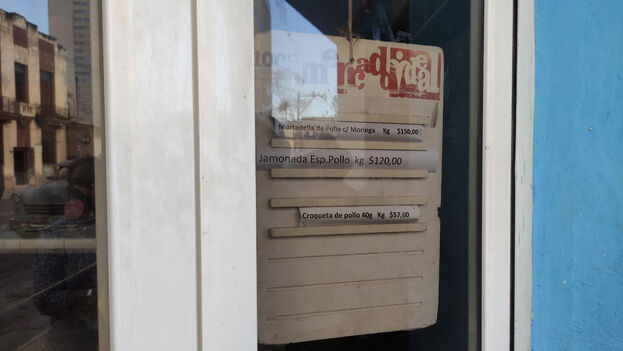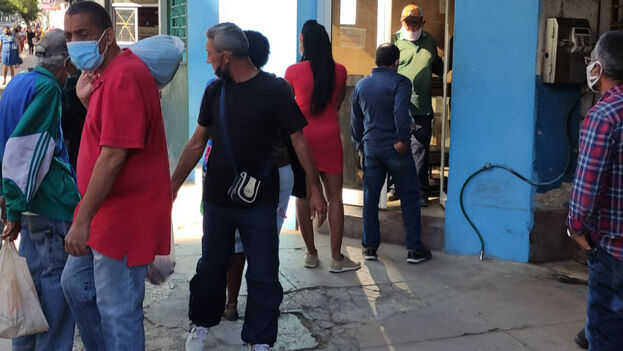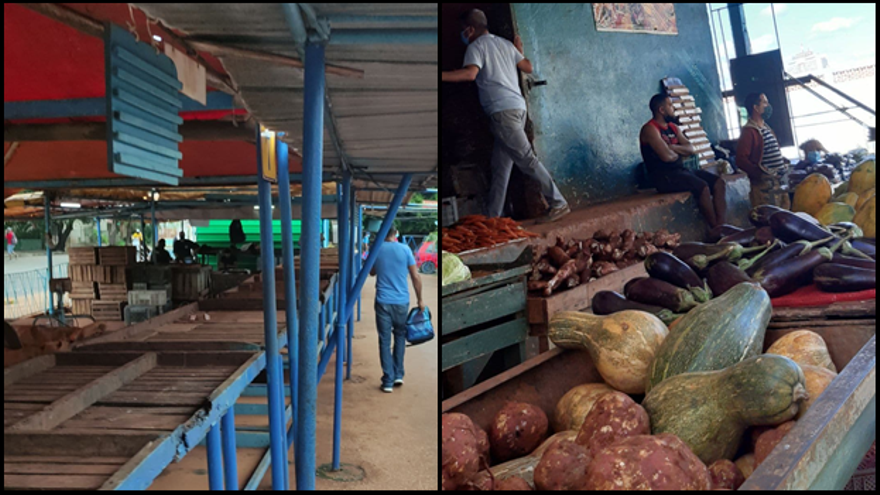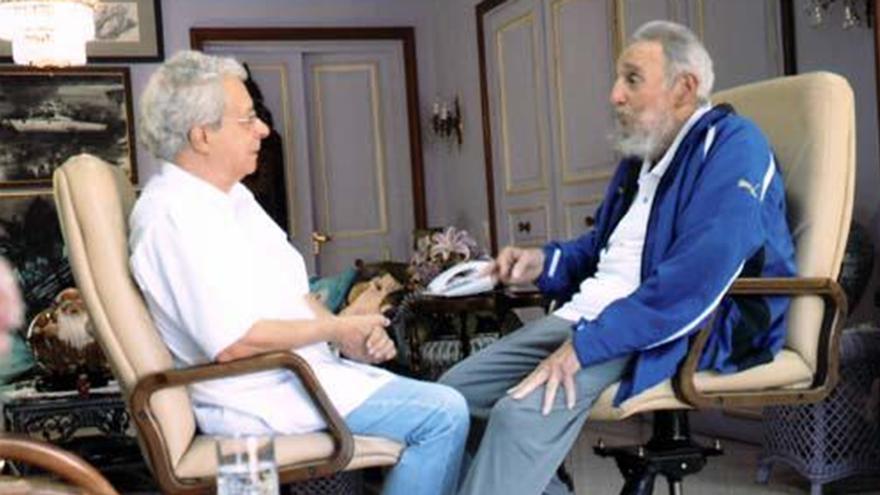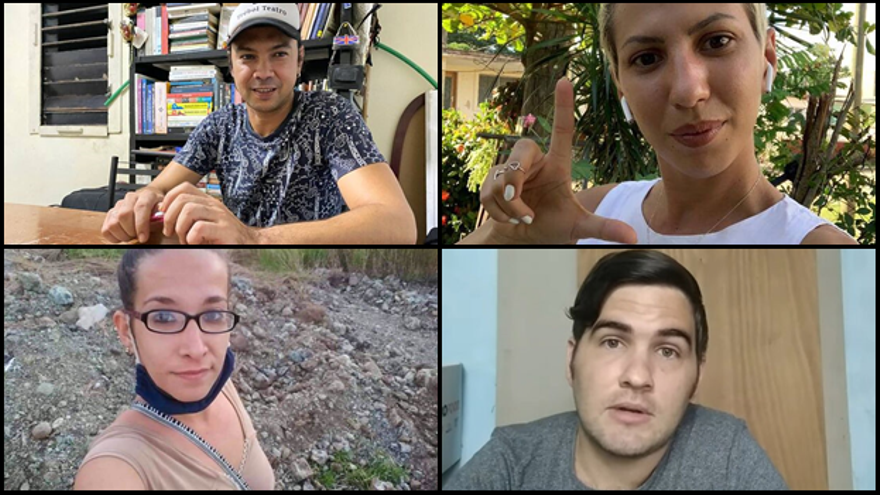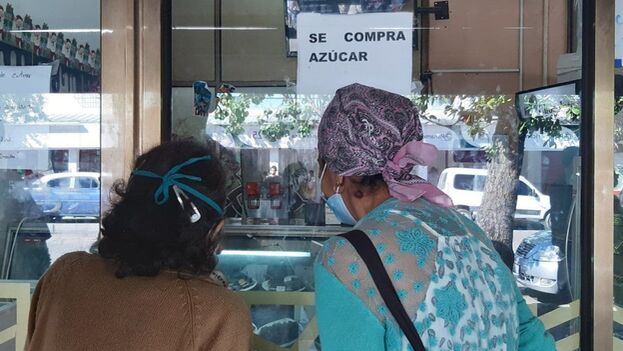
![]() 14ymedio, Natalia López Moya, Havana, 23 December 2021 — A sign with the phrase: “We buy sugar,” caught the attention of all the customers who came to the Bombonera Kakao chocolate shop located on the well-heeled 12th street between 23rd and 25th, in Vedado this Thursday. The quality of the products this private business has meant that not a few Havanans go to the establishment ready to buy their merchandise, especially around Christmas and on Valentine’s Day.
14ymedio, Natalia López Moya, Havana, 23 December 2021 — A sign with the phrase: “We buy sugar,” caught the attention of all the customers who came to the Bombonera Kakao chocolate shop located on the well-heeled 12th street between 23rd and 25th, in Vedado this Thursday. The quality of the products this private business has meant that not a few Havanans go to the establishment ready to buy their merchandise, especially around Christmas and on Valentine’s Day.
Located in the midst of state businesses that take payment in foreign currency, Kakao exhibits a varied range of products derived from chocolate, despite the fact that it has its main raw material, another of the most used ingredients in its elaborations, sugar, is scarce to the point that it has forced the owners to put the sign on the door.
The island’s shortage of supplies not only hits Cubans with fewer resources, but also causes havoc in the self-employed sector, where many have found it necessary to resort to unusual supply methods — most of them illegal — in order to manage the raw materials necessary for their business.
It is a curious thing for many of those searching for the crystals, to find the unusual request to purchase. In the absence of a stable supply that the State must guarantee to the self-employed in the wholesale stores, the same clients who access their business end up being the potential suppliers.
Iván, a young man who came to the establishment in search of the exquisite chocolates and chocolate figurines offered there, was impressed when the clerk explained: “We don’t have any sugar left and we haven’t been able to get it. Luckily we have continue reading
After choosing some of the smaller chocolates, Iván promised to return to buy one of the Christmas offerings. “They are a little out of reach of my pocket, but at home we will treat ourselves at the end of the year with one of those chocolates,” he said to the seller while pointing to a figure of Santa Claus and another of a Christmas tree, with a price of 1,300 and 1,000 pesos, respectively.
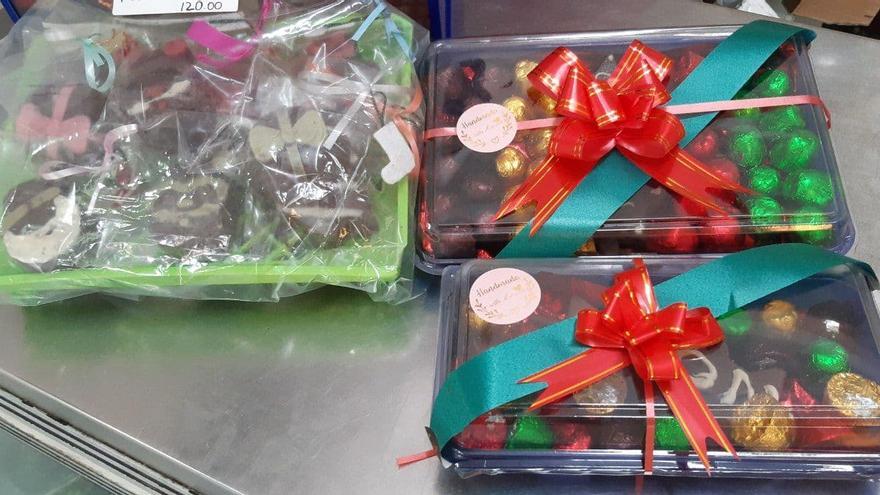
“We will be open throughout the end of the year, including the 31st, it all depends on whether we get the blissful sugar,” was the merchant’s reply.
Anabel is another of Kakao’s regulars. “Whenever I can I go and treat myself, and on February 14 I am a fixture there,” she tells 14ymedio. A friend who was browsing the stores that only take payment in dollars in search of soda to accompany the Christmas dinner, saw the sign in the chocolate shop and called her to tell her.
“If you want chocolates, run here because these people have run out of sugar and they will close at any moment,” the friend told her, to which Anabel replied: “I put my boots on, I’m going to bring them 10 pounds of white sugar that I had saved for emergencies and I’m going to exchange them for an expensive chocolate.”
National sugar production is going from bad to worse. According to official figures, last year the country was only able to provide 416,000 tons of the product for national consumption, since it has committed to China the annual sale of 400,000 tons. The Island consumes annually between 600,000 and 700,000 tons.
Last July, the state sugar group Azcuba announced that the 2020-2021 harvest was “one of the worst in the history of Cuba”, meeting only 66% of the planned target of 1.2 million tons.
____________
COLLABORATE WITH OUR WORK: The 14ymedio team is committed to practicing serious journalism that reflects Cuba’s reality in all its depth. Thank you for joining us on this long journey. We invite you to continue supporting us by becoming a member of 14ymedio now. Together we can continue transforming journalism in Cuba.

